Musing on the making of IzumonookunI
By Aretha Aoki
• 5 minute read
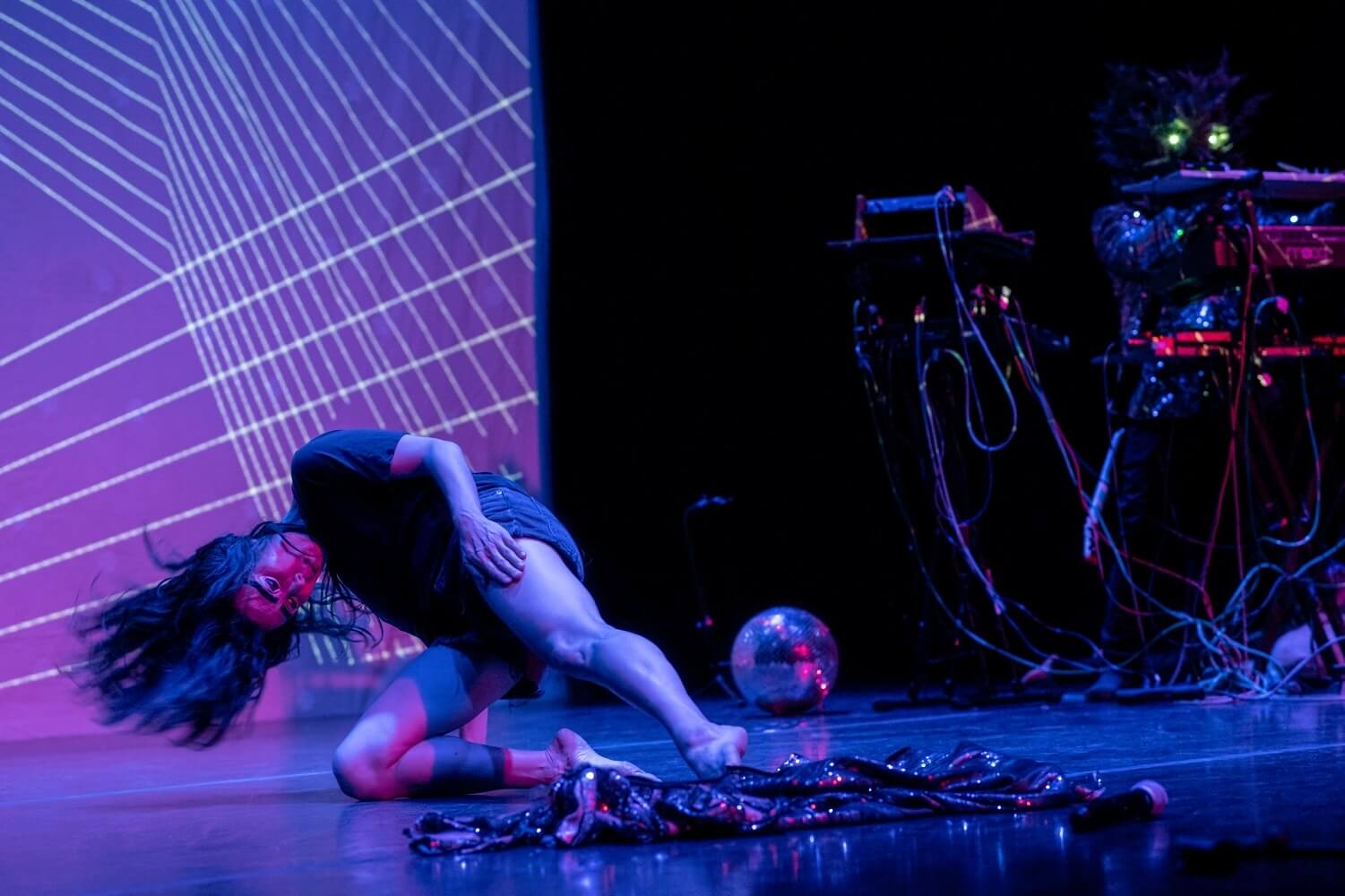
Choreographer Aretha Aoki and sound designer and artist Ryan MacDonald were named awardees of NPN’s Fall 2023 Development Fund for IzumonookunI, a hybrid dance/punk/glam-goth/synth-wave performance inspired by Izumo no Okuni, the 17th-century cis-female founder of the Japanese dance-drama form, kabuki.
My name is Aretha Aoki and I am a choreographer and dancer. With my collaborator and partner of over ten years, multimedia artist and sound designer, Ryan MacDonald, we make experimental, interdisciplinary performances that center themes of lineage, authorship, and the body and sound as mediums for time/space travel.
Our process is rooted in improvisation, rigorous collaboration, and a style that sometimes draws attention to itself and the contradictions of movement. Together we collide, clash, synergize and ultimately create worlds that neither of us could independently conceive.
We are often drawn to what is left out, discarded, erased from dominant narratives — that which cannot be contained within the boundaries of the clever tweet, the pristine image, or the sound bite. We appreciate strange and unexpected juxtapositions; a desire for a kind of buried treasure (or presumed “garbage”) of truth is what moves us to make work and to dance.
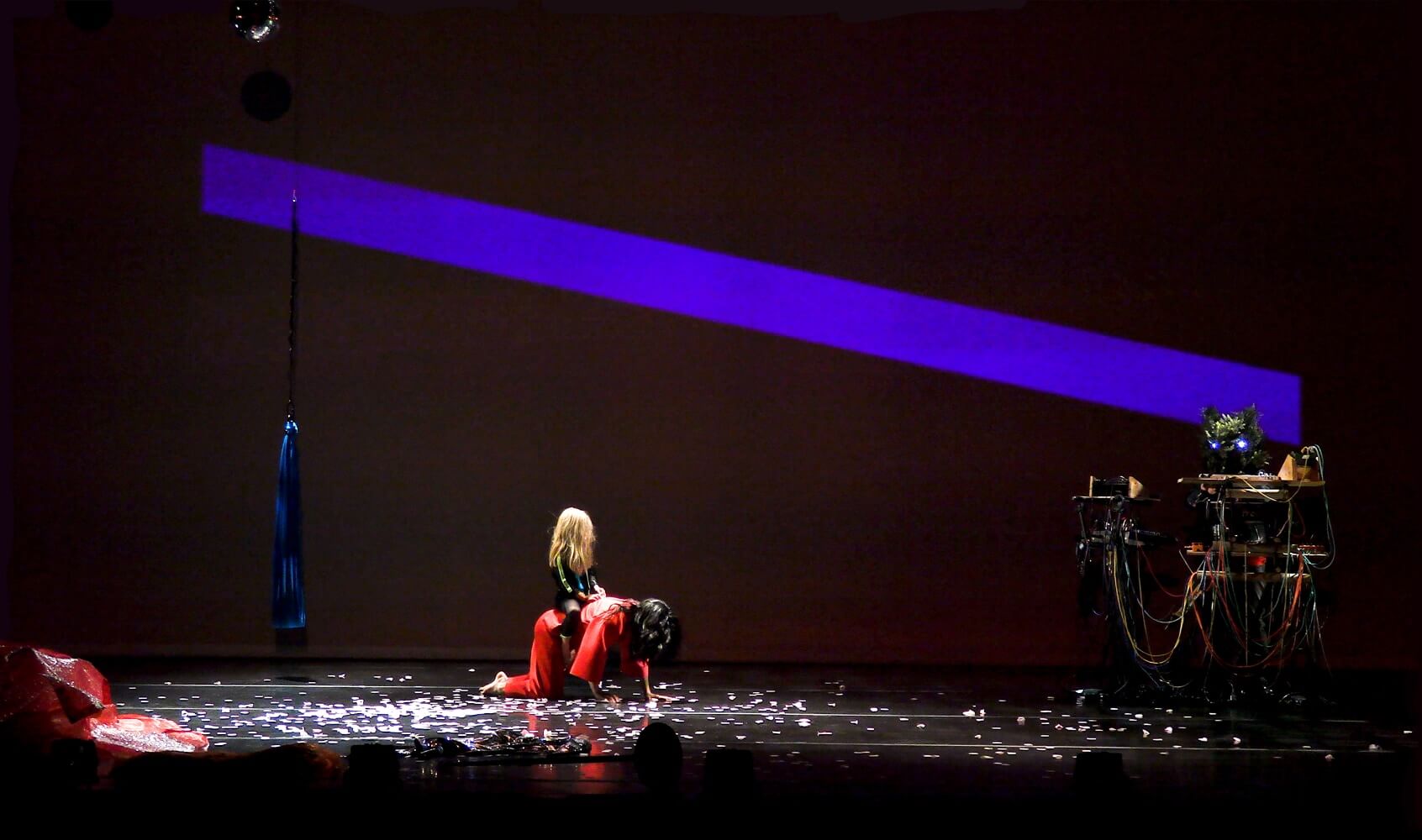
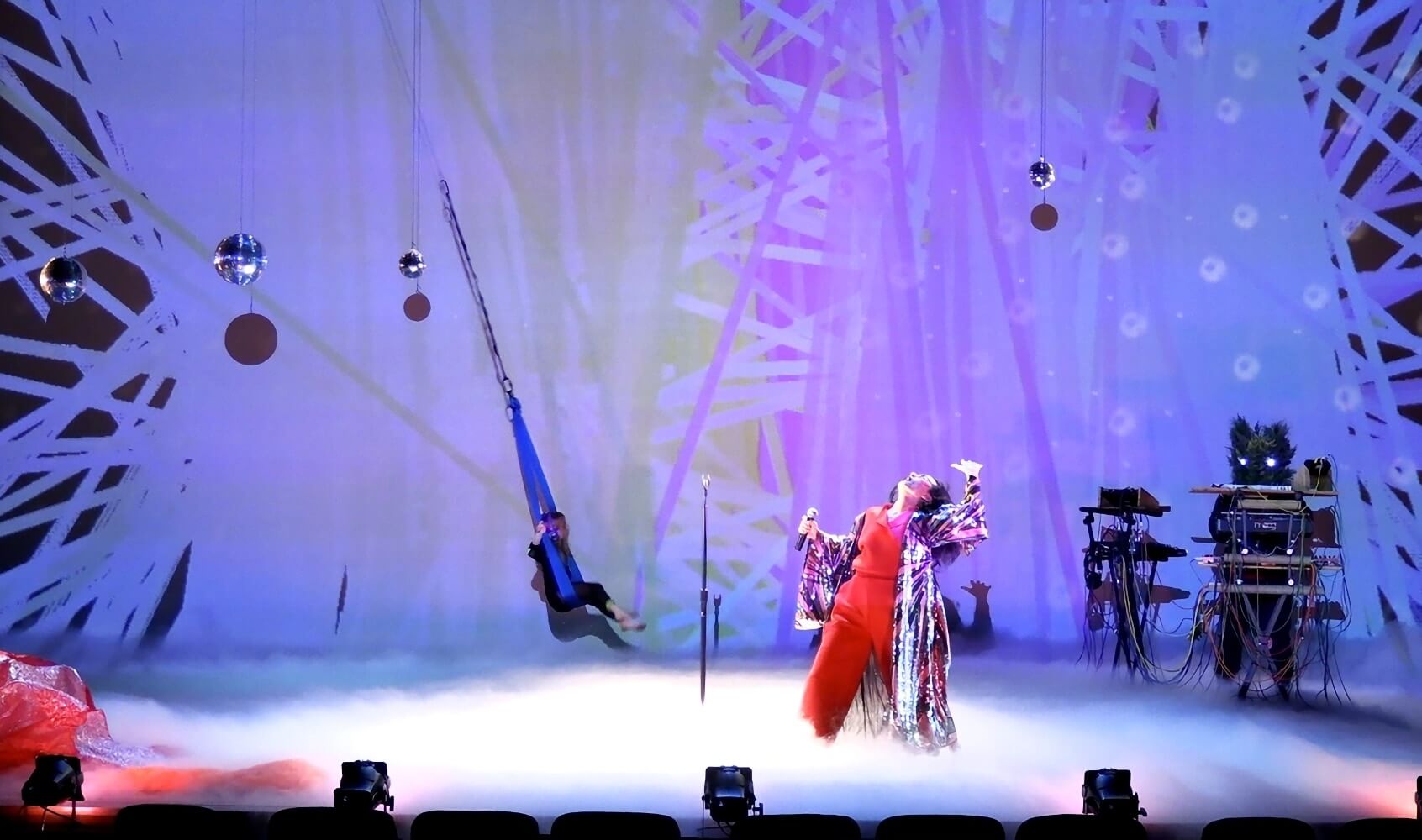
When I dance, I imagine myself as a vessel for a larger, mysterious radiating force of existence, guided by intuition, a felt sense of rightness, a vibrational heftiness propelled or informed by persistent questions or pangs. What is my relationship to my ancestry after generations of censorship, assimilation, and geographical distance? Can we inhabit multiple facets and dimensions at once? Can we embody the rub of contradiction that potentiates new ways of thinking, knowing, and being?
Since 2014, our work has touched on my Japanese ancestry, creating formal containers for ancestral research, and braiding and bridging disparate communities and artistic modalities. Our research has taken an even more personal turn with the inclusion of our 7-year-old daughter in our performances. Living in Maine, far away from my family of origin or a robust AAPI community, our work is a way of extending tentacles back home and connecting our daughter to a significant part of her cultural heritage.
Our latest project, IzumonookunI, reaches forward and backward. It is inspired by Izumo no Okuni, founder of Kabuki theater. This eccentric, bawdy, cacophonous dance-drama form first took place on a dry riverbed in Kyoto in the early 17th century. Okuni and a group of all-women social outcasts and prostitutes drew large crowds with their comical and licentious portrayals of everyday life and renditions of Buddhist folk dances. She is said to have invented the hanamachi or “bridge of flowers,” the runway that extends from the audience to the stage and, despite her disappearance from historical records around 1610 and the eventual outlawing of women performers, kabuki itself has lived on.
IzumonookunI crosses borders to bring together an international cast and partners and creates a hybrid, sci-fi kabuki/dark synth world of multigenerational, mostly Asian women-identified performers. Ryan is building an original sound score, with taiko accompaniment by two members of Sawagi Taiko, Anny Lin and Linda Uyehara Hoffman, intricate costuming by Claire Fleury, singing, and of course, dancing. Dancing that traverses multiple states and characters: a baby, an aging man, a horse, a horse rider. The dance and the sound exist in a constant state of transformation, emergence, regeneration, looping through life and death, never closing in on one fixed state.
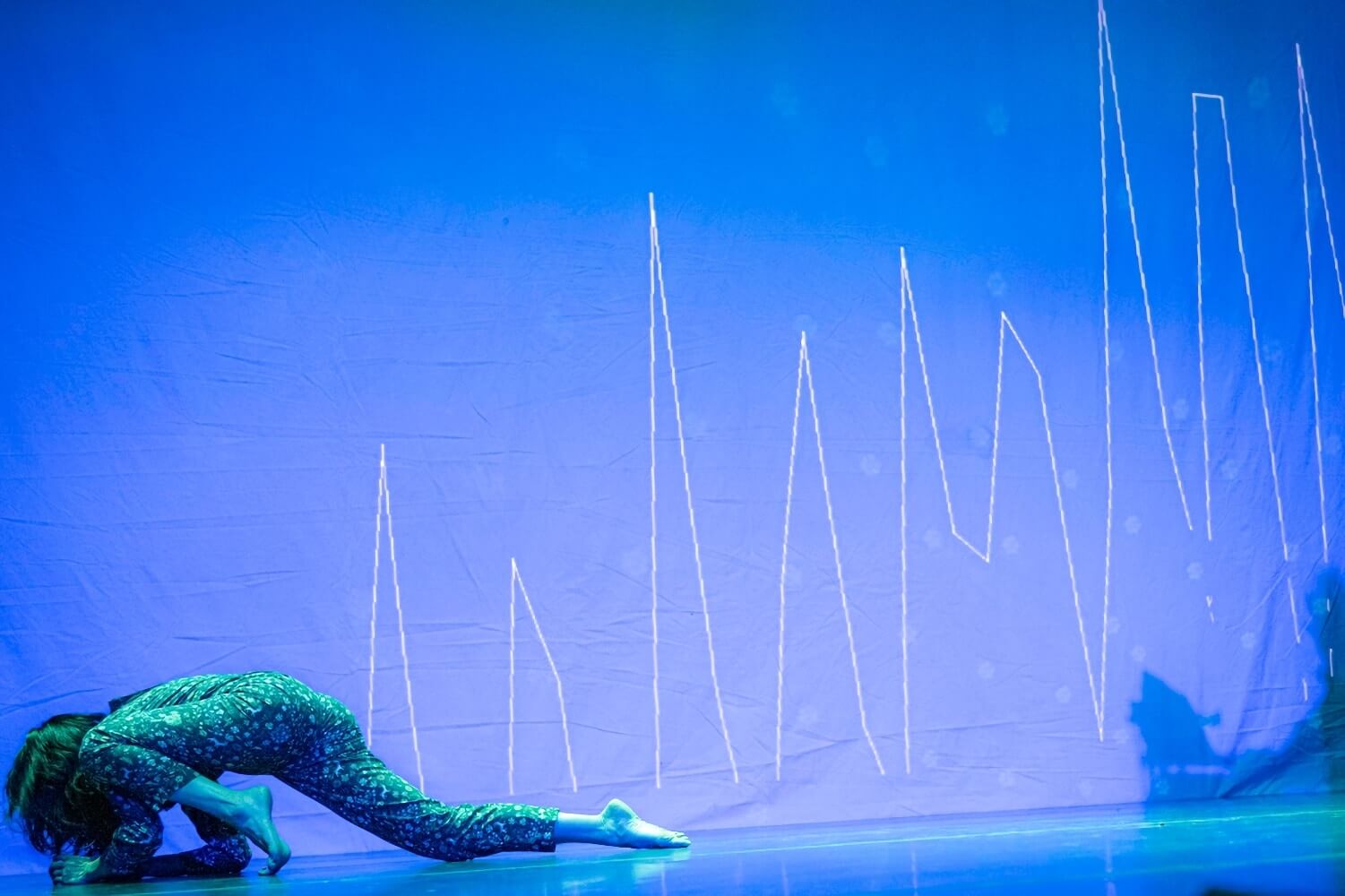
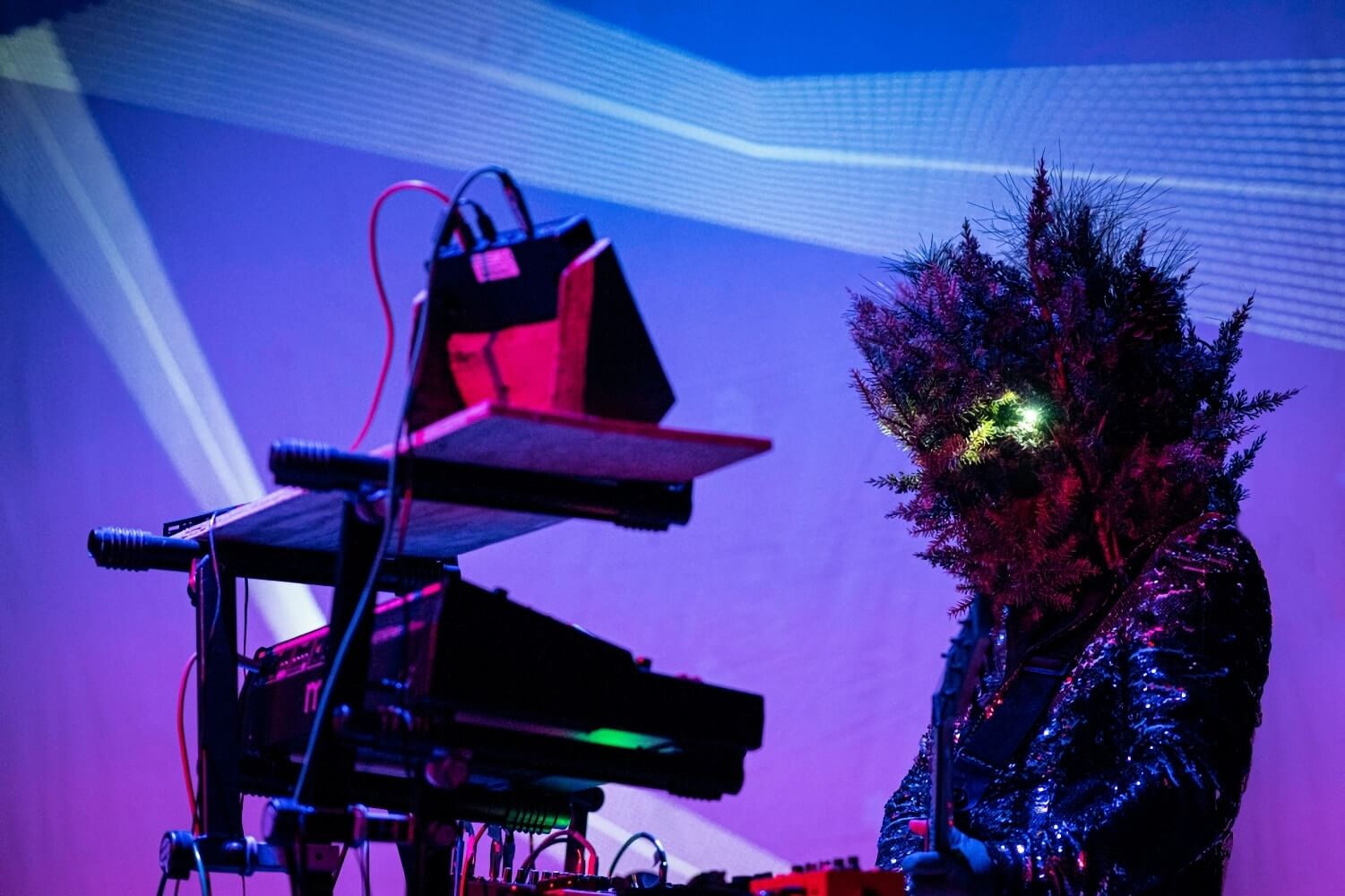
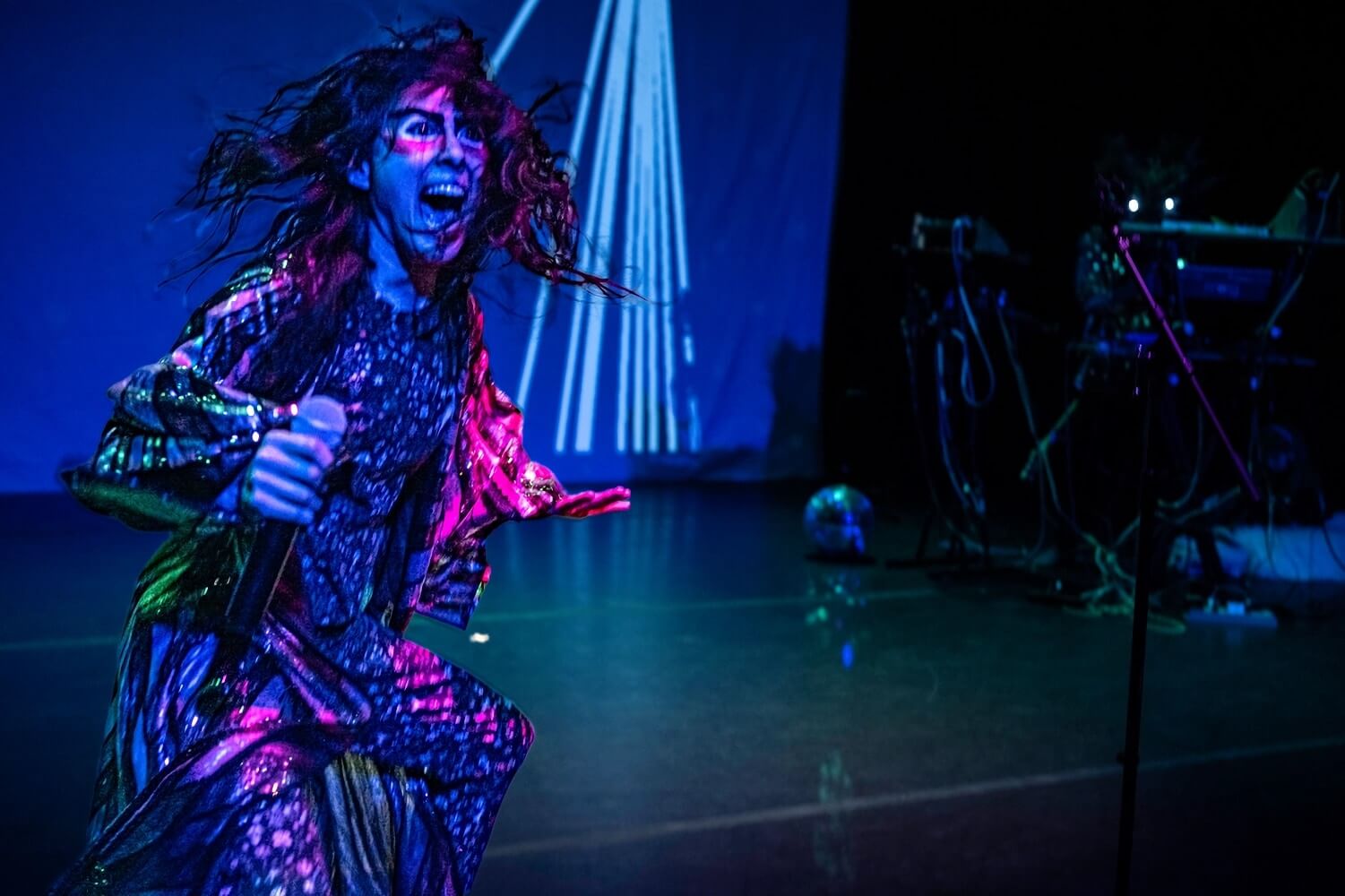
The early definition of kabuki (“strange or indecent”)[1] and its counter-cultural, scrappy, DIY origins align with the ethos of the punk movement — a personal reference coming from Ryan’s early influences. While researching Okuni, Ryan and I zoomed forward, reaching beyond temporal and geographical origins, pairing her counter-cultural initiations with the genres of goth glam and synthwave, with influences such as Gary Numan, David Bowie, and Siouxie Sioux, and their highly stylized, outlandish, dramatic performances and crafted stage personas. IzumonookunI reimagines Okuni in conversation with the forms that she’s potentially influenced within a hybrid, contemporary landscape of live synthesizer, digital design, dance, and taiko drumming.
The result, we hope, is an immersive, uncanny, multigenerational, East Asian and womxn-centric world that makes visible what has been lost, erased or deemed inappropriate, while complicating tyrannical and reductive notions of what qualifies as authentically “Asian,” through exploring how these seemingly unrelated art forms can converse and converge.
Ultimately, we aspire to get closer to the primordial pulses that give birth to life; to the wild, uncontainable, strange, and indecent — burps, groans, whispers, and wails — from which anything is possible.
Footnotes
About Aretha Aoki
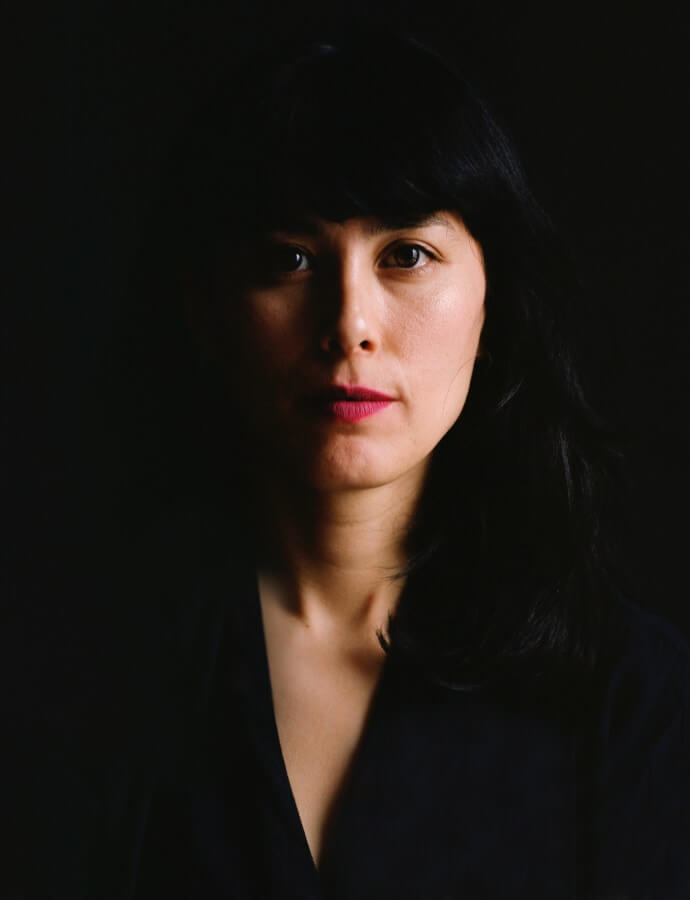
Aretha Aoki is a choreographer, performer, and educator. Her choreographic work in collaboration with Ryan MacDonald has been performed nationally and internationally with funding from the National Performance Network Creation and Development funds, the Kindling Fund, Maine Arts Commission, New England Foundation for the Arts, and the Northampton Council for the Arts. As a performer, Aretha has worked with choreographers Heather Kravas, Emily Johnson, Juliette Mapp, devynn emory, Vanessa Anspaugh, and others. She is an Associate Professor of Dance at Bowdoin College.
About Ryan Alexander MacDonald
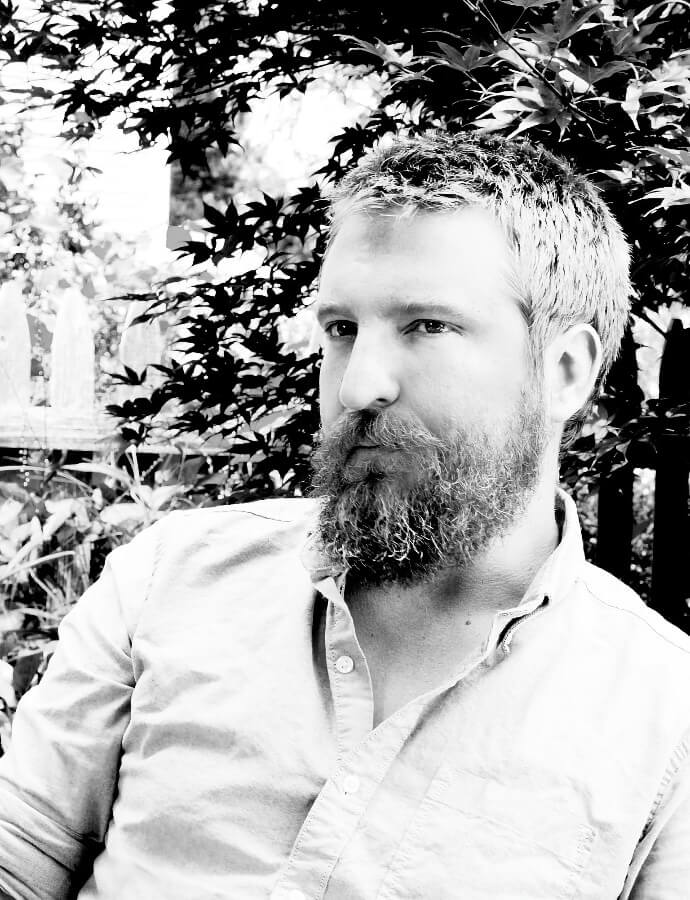
Ryan Alexander MacDonald is a multimedia artist and author. He was a 2017 Bessie Award Nominee in “Outstanding Composition and Sound Design” for his work in Vanessa Anspaugh’s The End of Men. He is the author of the story collection The Observable Characteristics of Organisms (FC2) and the winner of the 2012 American Short(er) Fiction Award. He works with long-time collaborator and choreographer Aretha Aoki and has designed sound for choreographers such as Vanessa Anspaugh, Devynn Emory, and Tristan Koepke. He lives in Maine where he teaches courses on sound design and digital art.